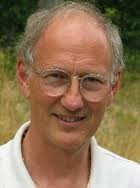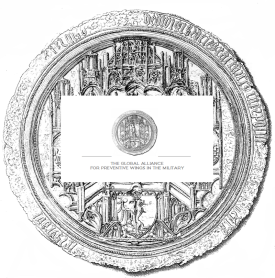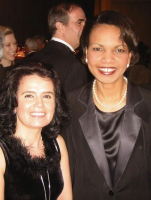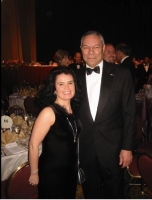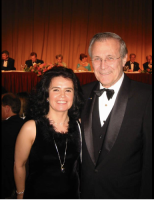David Orme-Johnson Ph.D
President of the Scentific Advisory Board
Dr. David Orme-Johnson received an A.B. from Columbia University in Psychology, and his M.A. and Ph.D. in Psychology from the University of Maryland. Orme-Johnson served as a lecturer at the University of Texas- El Paso, where he conducted the first research on the effects of Transcendental Meditation ,the TM t echnique- the Unified Field Technology . The paper was published in the Psychosomatic Medicine , the official journal of American Psychosomatic Society.
David Orme-Johnson has been a pioneering researcher on the TM technique, the Unified Field Technology since 1970. He has over 100 publications in a wide variety of fields, including lectroencephalography, psychophysiology, health, drug and prison rehabilitation , quality of life, and conflict resolution. He was director of r esearch and evaluation for the U.S. Army drug rehabilitation program at Fort Bliss, El Paso, Texas.
In 1973, Orme-Johnson joined Maharishi University of Management (MUM), in Fairfield, Iowa. Orme-Johnson served as the Chairman of the Psychology Department and Dean of Research until 1996. In addition, he was director of its psychology doctoral program and co-director of its neuroscience doctoral program, and director of the university's Institute for World Peace. He also served as director of research at the Institute of Science, Technology, and Public Policy. He was Vice Chancellor of Maharishi European Research University, Seelisberg, Switzerland.
In 1982, Orme-Johnson and Michael Dillbeck presented research on the TM technique, the Unified Field Technology's effects on the individual and on the larger society to the Congressional hearings on proposals to establish a U.S. Peace Academy held by the Subcommittees on International Security and Scientific Affairs.Orme-Johnson's paper, "International peace project in the Middle East" was published in Journal of Conflict Resolution in 1988 and again in 1990 in the Scientific Research on Maharishi’s Transcendental Meditation and TM-Sidhi Program: Collected Papers. The second published version included an Appendix A which contained the data used for the study.
David Orme-Johnson participated in a delegation of the Unified Field Technology (TM & TMSidhi) researchers and teachers from Maharishi International University who traveled to the Soviet Union to provide instruction in the TM Technique, the Unified Field Technology in 1990. The delegation spent over three months in Warsaw, Poland.
The trip to the Soviet Union, initially scheduled to last ten days, was extended to six months and resulted in the training of 35,000 people in the TM technique, the Unified Field Technology ( known in the Eastern block as a simple Transcendental Meditation). By 1990 in the Soviet Union had the 35,000 participants private Unified Field Technology Quiet Impact Group [ELR1%] model, functioning continually and creating the U.F.T. Combined Effect, the EffectUnified Field Technology (TM) Combined Impact.
In 1990, he proposed that the U.S. Defense Department budget $90 million to hire 7,000 to 10,000 full time meditators to improve society. In 1993, Orme-Johnson proposed that the city of Omaha, Nebraska spend $23 million for 600 meditators to end crime in the city.
In 1995 National Institutes of Health (NIH) nominated Orme-Johnson to be an expert presenter on the effects of meditation at the National Institutes of Health technology assessment conference held in Bethesda, Maryland. The conclusions of the conference were reported in the journal of American Medical Association
Orme-Johnson was the principal investigator for an National Institutes of Health grant sponsored collaboration between Maharishi University of Management and the University of California at Irvine. Orme-Johnson is a former professional member of the American psychological Association , Society for Psychological Research, National Referee for The Social Science Journal, Iowa Academy of Science, and Midwestern Psychological Association.
David Orme-Johnson is also a sculptor and painter. He studied visual arts at Columbia College , at the University of Maryland,and through the Corcoran Galery in Washington, D.C. Orme-Johnson's work has been exhibited in groups shows at Columbia University in New York, and in "The Gallery" in Fairfield, Iowa, as well as in a one-man show at the "Gallery Two-Twenty-Two" in El Paso, Texas. His work is held in private collections.

